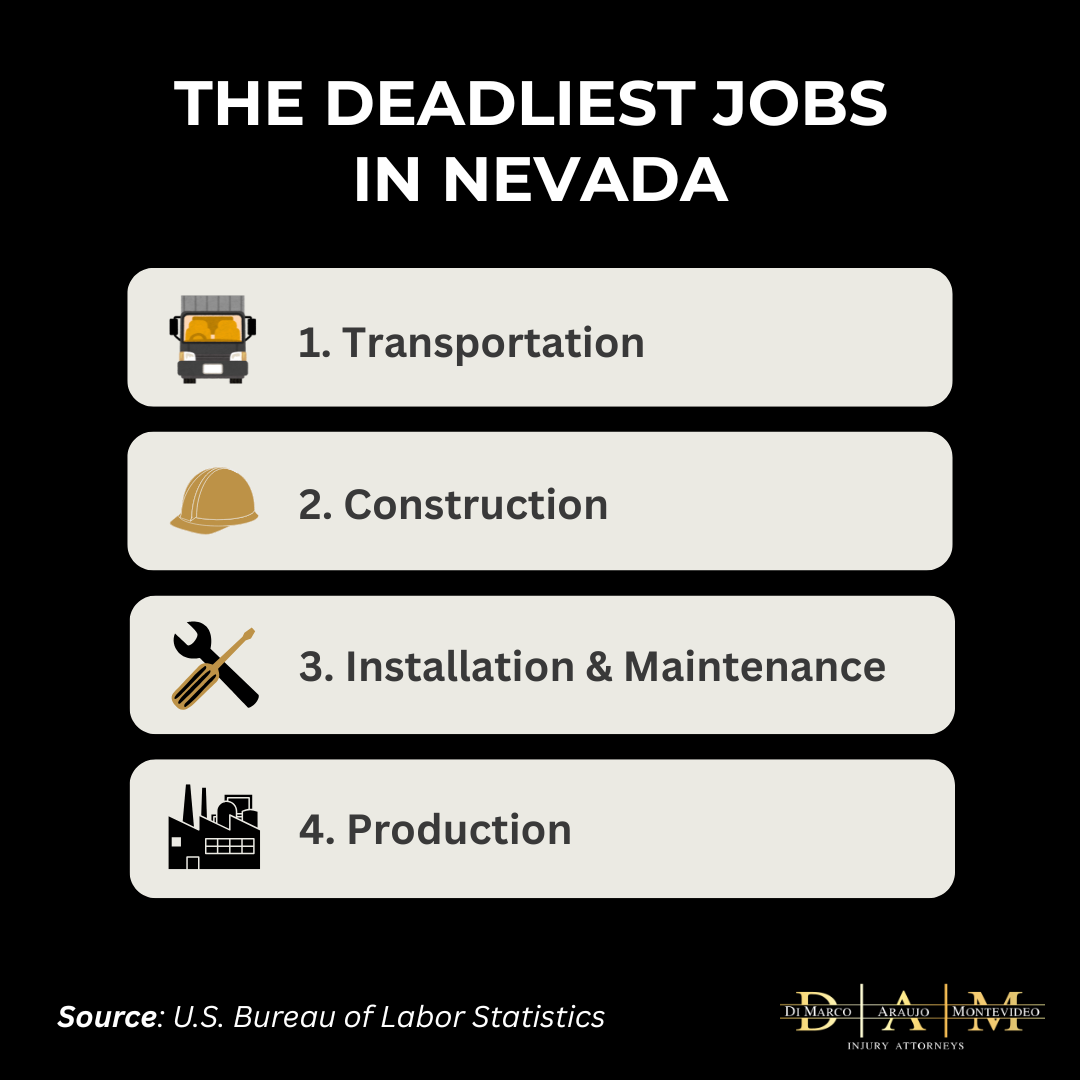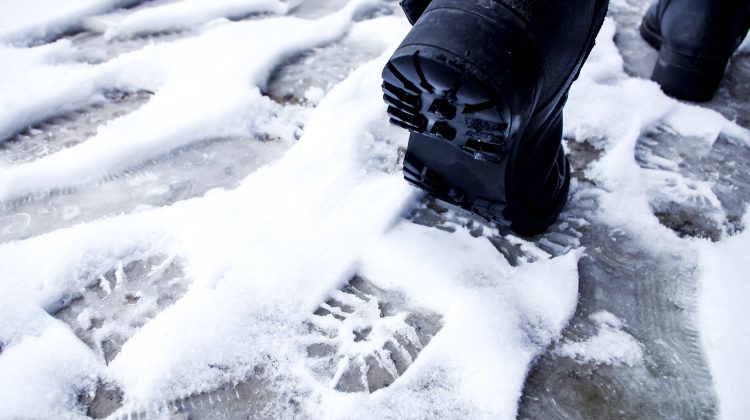Las Vegas is constantly expanding, with new resorts, entertainment venues, and infrastructure projects reshaping the skyline every year. But behind the glitz and growth lies a harsh truth: construction is one of the most dangerous industries in the region.
A recent report on the deadliest jobs in Las Vegas confirms that construction workers face disproportionately high risks compared to other professions in the state. Recent fatal incidents, including a high-profile death during preparations for the Las Vegas Grand Prix, underscore just how hazardous these jobs can be and how vital safety enforcement is to protect the workers building the city.
Fatal Power Tool Accident at F1 Grandstand Site
A tragic construction site incident occurred in September 2023, when 37-year-old Las Vegas resident Tizoc Antonio was killed while working on the temporary grandstand near the Bellagio fountains for the Formula One Las Vegas Grand Prix. Antonio was using an electric circular saw when it bounced off a piece of metal and inflicted a severe neck laceration.
Despite immediate attempts to save him, he was pronounced dead at University Medical Center. The Clark County coroner ruled the death accidental, and the Nevada Occupational Safety and Health Administration (OSHA) launched an investigation into the worksite and equipment involved.
This incident drew widespread attention not only because of its connection to a global sporting event but also because of the speed and scale at which the grandstands and viewing platforms were being constructed. Temporary sites like this often involve rapid timelines, unfamiliar environments, and high-pressure conditions, which are factors that can increase the likelihood of injury or fatality.
Construction is the Second Deadliest Job in Nevada
According to the U.S. Bureau of Labor Statistics, the construction industry had the second highest number of fatalities in Nevada in 2023, surpassed only by transportation and material moving occupations such as trucking and aviation. There were 13 transportation industry fatalities, such as pilots and truck drivers, and nine fatalities in the construction industry.
Of the 57 recorded workplace fatalities in Nevada that year, the nine construction deaths resulted from various hazards including equipment malfunctions, falls, electrocutions, and struck-by incidents.
While the transportation industry led the state in fatal incidents that year, the concentration of large-scale, high-speed construction projects in Las Vegas keeps the construction sector consistently near the top of the list in terms of workplace deaths.

OSHA’s “Fatal Four”: Common Causes of Construction Deaths
OSHA identifies four major contributors to construction fatalities, known as the “Fatal Four”: Falls, Struck‑By, Caught‑In/Between, and Electrocution.
In 2023 alone, OSHA reports show that fatal incidents in Las Vegas encompassed all of the Fatal Four hazard categories:
Struck-By Hazards
As mentioned earlier, one worker was fatally struck by an electric circular saw in 2023. Other common struck-by hazards include workers being hit by moving equipment, falling objects, or materials being handled improperly, such as being crushed by forklifts or struck by falling debris.
Electrocution
In 2023, two separate workers died from electrocution incidents: one while relocating a light pole, and another while stripping electrical wiring. These tragedies highlight the persistent risk that electrical hazards pose on construction sites.
Falls from Heights
Fatal falls have also occurred in recent years. In 2023, a worker fell through a drywall ceiling, another slipped off a ladder, and a third fell from the top of a mixer truck. These cases demonstrate that fall risks affect many types of construction activities, not just roofing.
Caught-In/Between
Caught-in/between incidents have resulted in multiple fatalities. In 2023, one worker was crushed when a trailer unexpectedly shifted, and another was trapped between a scissor lift and a ceiling truss. These classic caught-in/between accidents underline the dangers of working near heavy equipment and confined spaces.
Eliminating just these four dangers could save hundreds of lives nationwide each year. The Center for Construction Research and Training (CPWR) reports that the “Focus Four” hazards are responsible for nearly two-thirds of construction fatalities.
Strengthening Safety on Construction Sites
To reduce these preventable tragedies, construction stakeholders can implement proven safety measures:
- Fall protection systems such as guardrails, harnesses, and floor covers are mandatory under OSHA regulations.
- Struck‑by prevention through tool tethering, debris nets, and secure storage helps prevent dangerous kickbacks.
- Electrical safety protocols, including lockout/tagout systems, insulated tools, and proper PPE, reduce electrocution risks.
- Caught‑in/between controls like machine guarding, trench protections, and lockout/tagout procedures are essential.
- Vehicle operation protocols including backup alarms, wheel chocks, and spotter systems help prevent crush accidents involving forklifts, trailers, and tractors.
The Case for Stronger Safety Oversight
Despite advances in equipment and safety standards, construction and other high-risk jobs in Las Vegas remain deadly. As the city continues to grow, workplace safety must keep pace. This means ensuring proper training for all workers, especially those handling power tools and electrical equipment or working under tight deadlines.
Regulatory bodies like Nevada OSHA play a key role, but employers must also invest in proactive risk management, vigilant site supervision, and cultivating a culture where safety is prioritized at every level.
Temporary job sites, such as those constructed for major events like Formula One, present particular challenges. These fast-moving environments require extra scrutiny, especially when public visibility is high and timelines are compressed. The death of Tizoc Antonio is a painful reminder of what’s at stake.
Growth Must Be Matched by Safety
Las Vegas thrives on expansion, tourism, and large-scale events, but that growth should never come at the cost of construction worker safety. The construction industry remains one of the most dangerous jobs in the region, demanding ongoing vigilance, regulatory oversight, and employer accountability.
By prioritizing safety and addressing the hazards that cause the most fatalities, the city can protect the lives of those who build its future.




No Comment